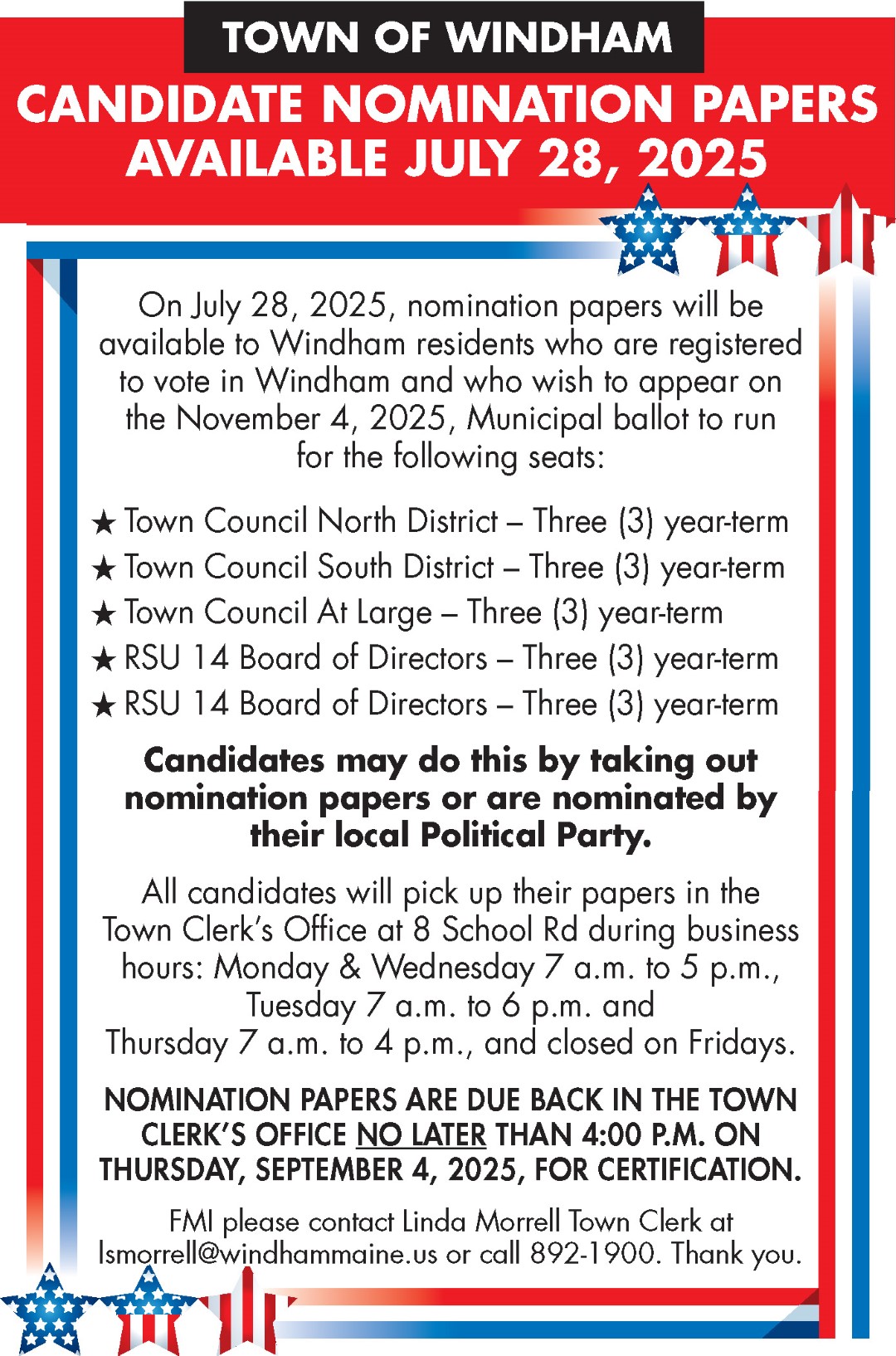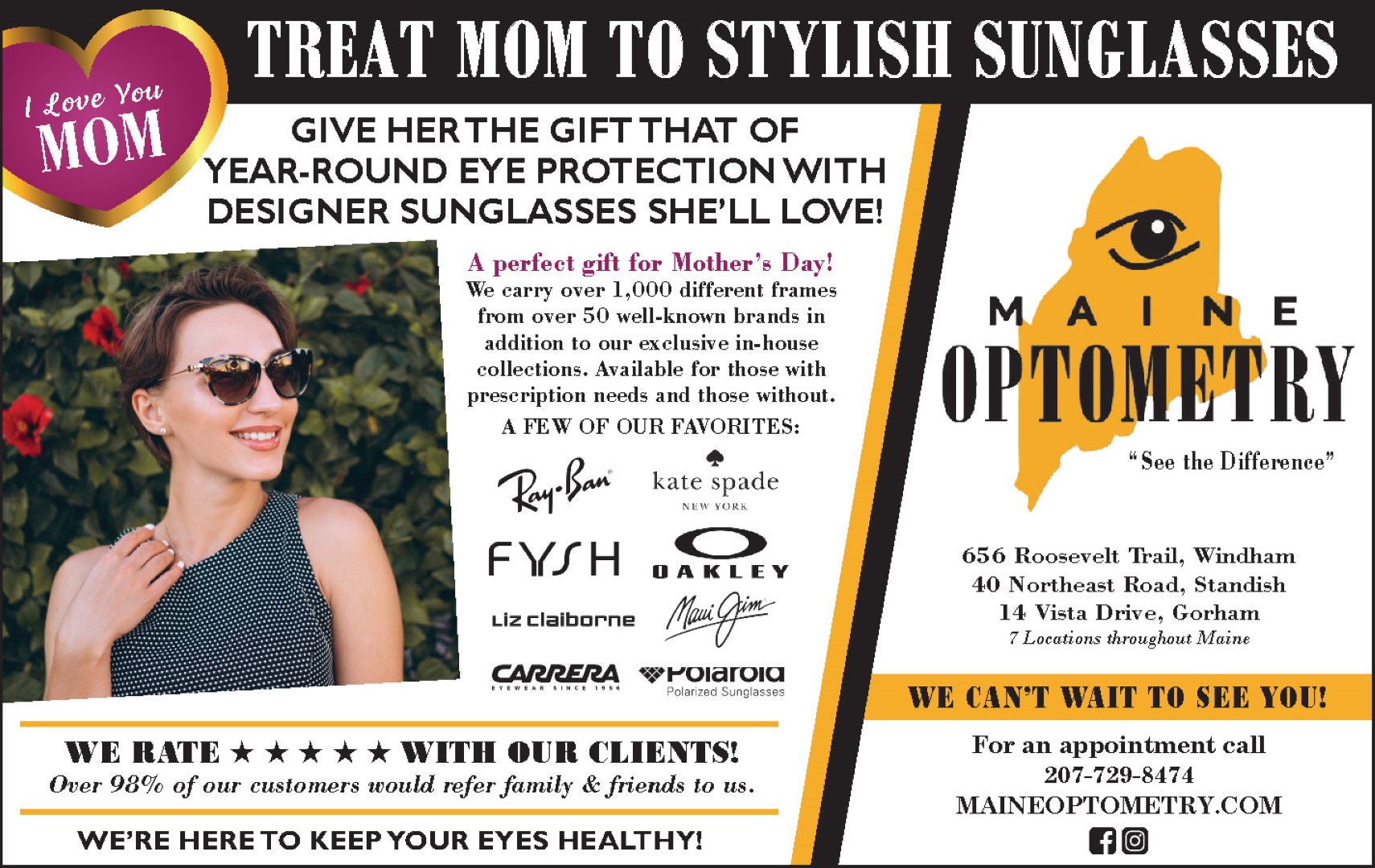Managing Editor
In putting up this year’s Christmas tree, one ornament caught my attention and brought tears to my eyes. It was a small silver frame containing the photo of a beloved family pet who although she is no longer with us, can certainly not be forgotten, especially during the holidays.
 |
| Gracie (2001-2017) |
At the time I was single and had no pets, so I thought I’d take Gracie home and avoid her going to a shelter before a storm hit. She was 3 years old at the time and was quiet, gentle and loving. She was grey with tiger stripes and had beautiful blue eyes. Every day when I came back to my townhouse after work, Gracie was there waiting for me and slept at the end of my bed at night.
I bought her a package of rolling plastic balls with small bells inside. In the middle of the night, I stepped on one of them and it broke, but to my amazement, Gracie picked up the bell in her mouth and brought it to me. After that she would play fetch with the bell if you threw it across the room.
Then I met Nancy and the following spring we were married and she moved to the townhouse, bringing her part-Corgi dog, Hunter, who didn’t care for cats.
To keep them apart, we put up a baby gate at the base of the stairs to the second floor, and it worked for a while until Hunter spotted Gracie one day sitting on one of the steps. He jumped over the gate and chased Gracie into our upstairs bedroom. Returning home from work, I saw the baby gate was down. and there were no animals to be found on the first floor.
I ran upstairs and saw Gracie sitting on top of Nancy’s dresser peacefully. Seeing the dog charging up the stairs after her, Gracie had darted under the bed, only to be pursued by Hunter who was crawling sideways after her. But Hunter was too wide and he was lodged sideways under the bed frame. All I could see of him was his tail wagging from underneath the bed. I lifted the bed frame off him and returned him downstairs and reattached the gate. From time to time after that, Gracie would sit on the stairs and make sure Hunter would see her. He would bark and she would run away as sort of a game between them.
When Hunter died, we had moved to a larger home and adopted a rescued female Pembroke Welsh Corgi named Abby. Like her predecessor, Abby liked to chase and growl at cats, so she stayed at one end of the house, and the baby gate separated her from Gracie on the other end. Gracie didn’t seem to mind very much and would sleep in the sun all day on the bed or sitting next to me as I worked in the adjacent room on the computer. At that house, Gracie developed an odd habit of sitting under the bathtub faucet and licking the drips after someone took a shower.
Eventually I accepted a job offer and we all drove to New Hampshire from Florida. Gracie rode in a cat carrier in the back seat, separated from Abby by a stack of blankets. Both pets were sedated for the trip, and it didn’t seem to faze them.
Gracie always seemed happy when the Christmas season arrived because it meant she could play with ribbon used to wrap gifts and she had her own Christmas stocking which Santa filled with assorted cat toys and treats.
After Abby died and we moved to Maine, Gracie didn’t know what to make of our new puppy, a lab mix named Fancy. Gracie was apprehensive of yet another housemate but appreciated that Fancy was housed in a dog crate when Nancy and I went to work and she had the run of the entire house without a baby gate up.
Eventually Fancy and Gracie became friends or at least they came to tolerate each other. Nancy has a photo of the two of them sitting together in the same chair in our living room.
In September 2017, Gracie wasn’t eating much and was feeling poorly, so we made an appointment at the veterinarian to see if anything could be done to help her. Nancy and I went into the house to put her in the cat carrier to visit the vet, but we found Gracie on the floor by the bathroom, and she had died at the age of 16.
I once read somewhere that the greatest gift we can give a pet is our love but the greatest gift they leave us with is their memory. <











.png)


